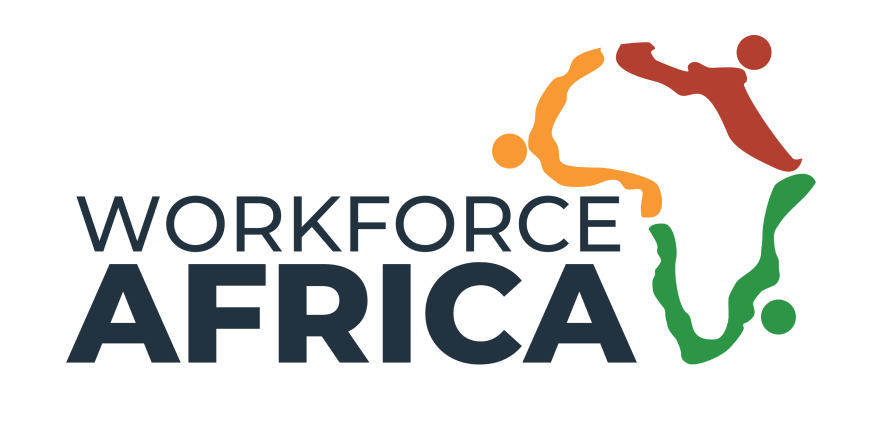What is Payroll accounting, you ask? Payroll Accounting involves the recording of all transactions in your books.
Payroll accounting also consists of filing and tracking employee compensation data like money withheld from each paycheck, taxes, and benefits the employee receives.
What Does Payroll Accounting Include?
- Employee compensation
- Payroll taxes
- Employer taxes
- The employer portion of fringe benefits
- Employee deductions for benefits
- Other deductions
1. Employee Compensation
Compensation is the total cash and non-cash payments given to staff members in exchange for working in your organisation. It’s usually a major expense for businesses with employees. Compensation is more than an employee’s regular wages. Benefits such as paid time off (PTO), commissions, bonuses and other taxable income reported are also forms of compensation.
2. Payroll Taxes
Payroll taxes include Federal income and applicable state or local income taxes withheld from employee wages. As a crucial part of the payroll process, employers in Nigeria have withholding obligations towards their employees and must deduct income tax and social security contributions at the source. Tax and social security contributions may be processed using a PAYE system and reported to the relevant State Internal Revenue Service.
- Income tax: Income tax deductions in Nigeria are made at a rate graduated across income bands. Income tax rates range from 7% to 24%.
- Social security: Social security contributions in Nigeria cover benefits for retirement, disability, sickness, and maternity. Employees contribute a minimum of 8% of their salary, while employers must contribute around 10% to the various benefit schemes.
- Employees must be provided with pay slips for each pay cycle (which May be made available online), and there must be a proper record of payroll reports for a minimum of 6 years.
3. Employer Taxes
This is an Employer’s portion of the tax payment. Every employer must complete or submit an employer tax return showing total income and tax paid on behalf of its staff members. Employers must file by 31 January of the following year.
4. Employer Portion of Fringe Benefits
These are the additional disbursements offered to an employee above the agreed salary for the performance of a specific service. Some fringe benefits, such as social security and health insurance, are required by law, while the employer voluntarily provides others. Optional fringe benefits include complimentary breakfast and lunch, gym membership, employee stock options, transportation benefits, retirement planning services, pension childcare, education assistance, etc.
5. Employee Deductions for Benefits

Examples Include Health insurance, retirement plan, NHF, NHIS etc. To help offload your tax burden as an employer. Some items can be deducted from employee pay pre-tax, exempting federal income tax withholding, Social Security and Medicare taxes. This effect can potentially lower employer payroll tax and employees’ taxable income, which is a real win-win.
6. Other deductions
Some of which include Child support, spousal support, outstanding tax liabilities, etc.
What Is IAS 19?
IAS 19 is known as the International Accounting Standard Nineteen rule. It has to do with employee benefits under the IFRS rules of the International Accounting Standards Board. Employee benefit includes wages and salaries, pensions, life insurance, and other perquisites.
IAS 19 prescribes the accounting for various types of employee benefits except for share-based payment, which is applicable to IFRS 2. Employee benefits are all forms of considerations attached by an organisation due to service rendered by members of staff or for the termination of employment.
IAS 19 require entities to recognise:
- Liability is when an employee has provided service in exchange for employee benefit to be paid in the future.
- An expense is when the entity consumes the economic benefit arising from a service provided by an employee in exchange for employment benefits.
Benefits of Payroll Accounting
- Payroll accounting aids the tracking of employees’ compensation and other payroll costs.
- Accounting for payroll gives an accurate snapshot of each of your expenses.
- Payroll accounting helps employers stay on top of what they owe employees and how it will impact cash flow.
How to Do Payroll Accounting in 7 Steps
At first glance, payroll accounting can be a little bit scary. But it can be easier and faster to learn how to account for payroll if these seven steps are followed.
1. Set up payroll accounts
Payroll accounts include a mixture of liabilities and expenses, and here are a few examples of payroll accounts:
- Federal income tax payable
- Employee FICA tax payable
- Wages payable
- State income tax payable
- Employee health insurance payable
- Vacation payable
- Gross wage expense
2. Calculate taxes and other deductions
Take time to calculate taxes and other deductions to ensure the exact amount to withhold from employee wages and what is to be contributed as an employer. Before calculating any taxes, brush up on state and local payroll laws.
3. Gather payroll reports
4. Record payroll expenses
Calculate taxes and deductions to determine what is needed to be withheld from employee wages and contribute as an employer. Taxes differ depending on the employee and where your business is located. Before calculating any taxes, brush up on state and local payroll laws.
5. Record payables
Record entries for amounts you owe but have not yet paid. These amounts are liabilities or payables.
6. Double-check your records
After entering your expenses and payables, double-check your records for accuracy. For example, compare the amounts input to the information you have in your payroll reports. And make sure that your debits and credits are equal. If there isn’t a balance in your books, retrace your steps to find your accounting mistake and fix it.
7. Transition accounting periods
You eventually pay the amounts you owe to government agencies and employees. Paid liabilities are no longer payables. When accounting periods are switched, make additional journal entries to help reduce the cash account and liquidate the liability account balance. Decrease the liability account by debiting the payable entries in your books.
As the amounts you owe are refunded, your assets (e.g., cash) decrease. Credit the suitable asset account, such as your Cash account, to show the reduction of assets.
Do you have payroll concerns, or are you looking to deploy global payroll interventions for your cross-border teams? Then schedule a consultation today. Let’s help you succeed.








